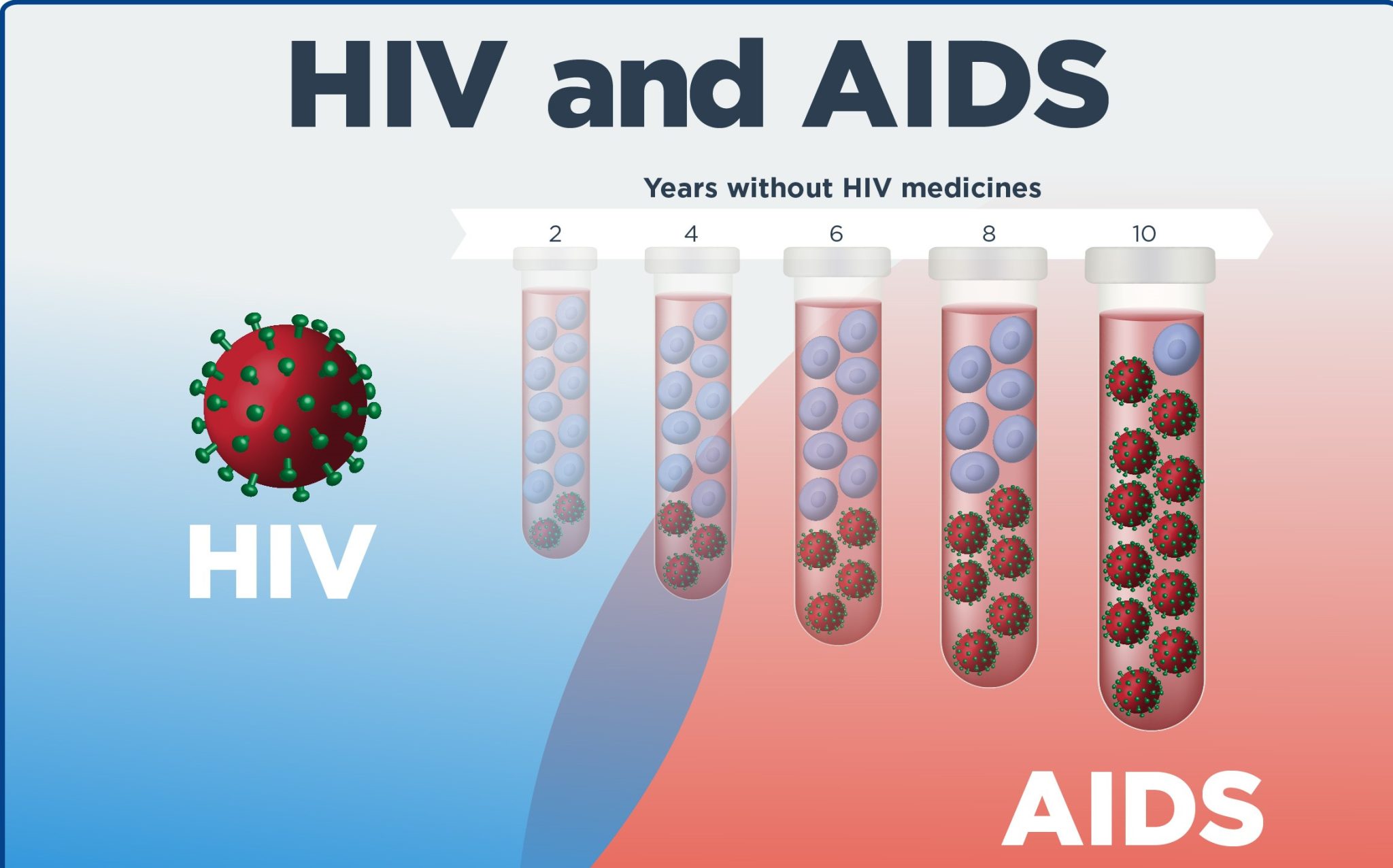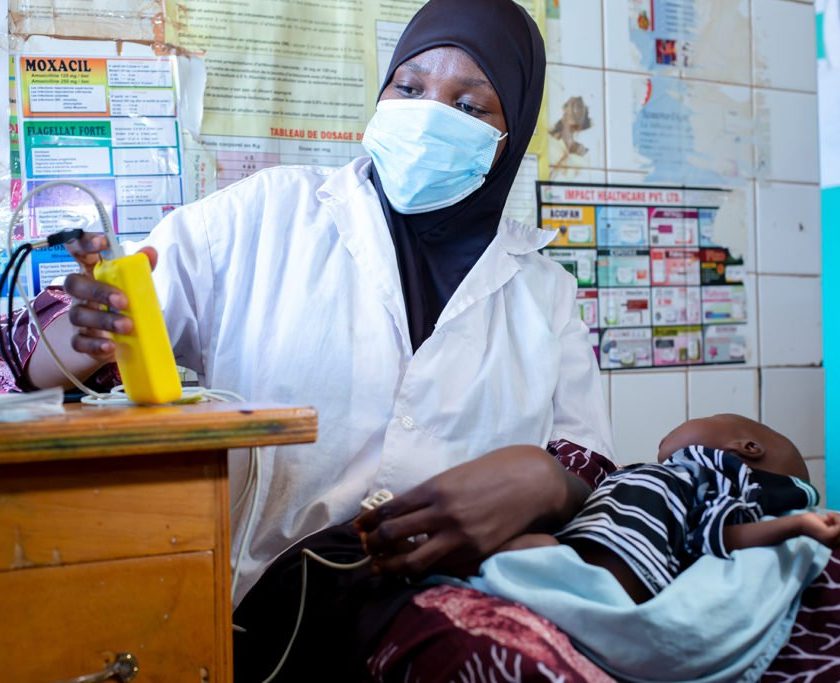Many people often struggle to distinguish between HIV (Human Immunodeficiency Virus) and AIDS (Acquired Immunodeficiency Syndrome). This confusion can lead to misconceptions, increasing the risk of contracting or spreading new HIV infections.
As reported by Sante.fr, HIV is a virus that attacks the body’s immune system. If an infected person is not properly managed by maintaining a healthy diet and following medical guidance the virus can weaken the immune system, eventually leading to AIDS, which is a condition characterized by a set of severe illnesses or opportunistic infections that severely damage the body.
Before the availability of antiretroviral therapy (ART), contracting HIV and progressing to AIDS was often seen as a death sentence. People who received a diagnosis would frequently feel hopeless, and families would often stigmatize them.
However, things have changed significantly with advancements in research and the development of effective medications. Today, people living with HIV who adhere to treatment can lead long, healthy lives without frequent illnesses.
HIV is a Virus
HIV stands for “Human Immunodeficiency Virus,” which affects humans exclusively and targets the immune system, specifically the cells responsible for fighting infections. Unlike other viruses, our immune system cannot completely eliminate HIV from the body.
AIDS is a combination of diseases
AIDS, or “Acquired Immunodeficiency Syndrome,” is not a single disease but a collection of symptoms and illnesses that occur when HIV has significantly weakened the immune system. After HIV enters the body, it gradually destroys immune cells, particularly CD4 cells, which are critical for protecting the body against infections.
As the immune system weakens, an individual enters what is known as the “latency period,” during which there may be no symptoms. This period can last for years, but once symptoms appear, it indicates the onset of AIDS.
Common Infections in People with AIDS
Tuberculosis
Pneumonia
Persistent fever and headaches
Skin rashes
Chronic fatigue
Various cancers and other illnesses
While there is no cure for AIDS, antiretroviral therapy (ART) is available and provided free of charge. ART helps to manage HIV by reducing the virus’s ability to replicate, thereby preserving the immune system and prolonging life.
BY NIKUZE NKUSI Diane






